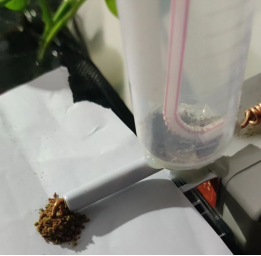
If the fish feeder has been used for a long time, the fish food often gets stuck in the lid of the feeding port due to dampness, and if too much food is placed, it will become moldy. In this case, you can follow the steps below to upgrade and DIY a fish feeder.
A waterproof box is necessary, and the main control requires 3V. If you need to use a TYPE C power supply, you need to step down, so a step-down board is added. The biggest drawback of this board is that it cannot be set to feed every other day, but feeding once a day is still a bit excessive.
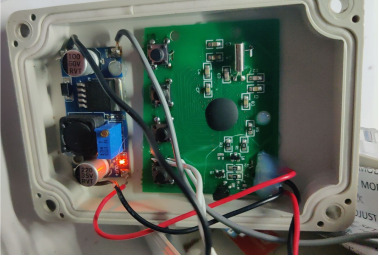
The most common charging board and retired 18650 can be used. The 18650 is used to prevent power outages. After connecting the TYPE C timed socket, it is powered for 4 hours every day, so that the 18650 can be cycled and discharged to prevent overcharging.
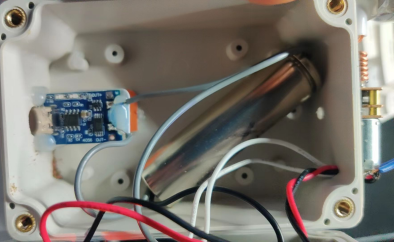
The button on the main board is reversed and placed on the back to eliminate the need for a hole in the front. Adjusting the time requires opening the lid, but this is not a place that needs to be adjusted frequently.
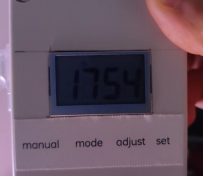
The rotating fish food barrel is too awkward to control the opening. A worm gear is used instead. Exposed fish food is reduced, and there is less chance of it getting moldy. If a suitable spring cannot be found, a 1 square millimeter copper wire can be used instead, which is better than a spring because springs are too thin.
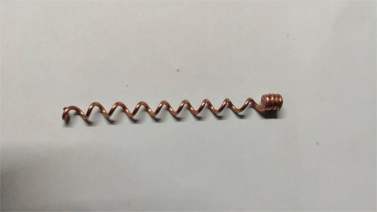
A reducer is necessary. If the motor is directly pushed, fish food will spray all over the room. A 1:50 reduction gear is recommended.
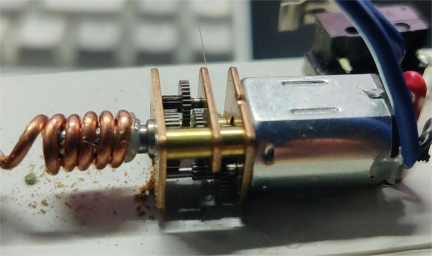
The final product is shown in the picture below. When the timer goes off, the voltage is 2.8V. The reduction gear output stops after about 3 rotations, and the food is well controlled. The fish food is stored in a medicine bottle with a hole at the bottom. A straw from a milk carton is inserted as the pusher and outlet.
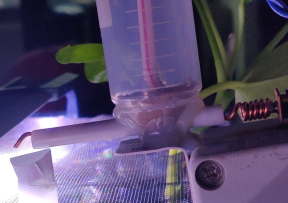
A piece of bubble tea straw is used, inserted vertically to the water surface so that the fish food does not fall outside the gauze.
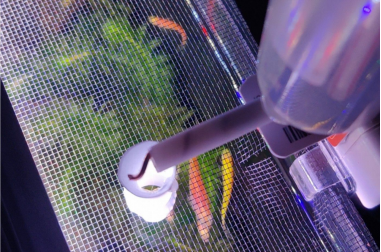
If there are bugs after a few runs, it may be because the fish food is too light and often does not fall into the push slot of the worm gear, making it unable to push the food. In this case, adding a vertical stirrer can solve the problem. To avoid this problem, it is recommended to start with two reduction gears.
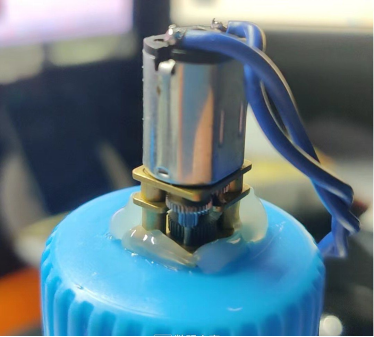
The stirring rod is also made of a milk carton straw. While the push motor is rotating, the vertical stirring rod also rotates, and the fish food can naturally fall into the push slot, solving the problem perfectly.
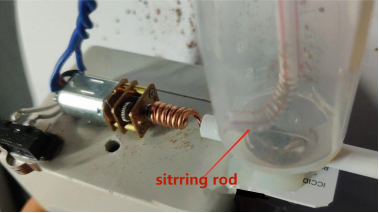
The panoramic view is not very pleasing to the eye, but the effect is excellent.
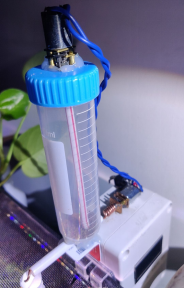
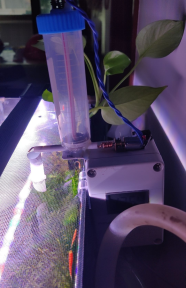
Check out the final result in the picture below.
